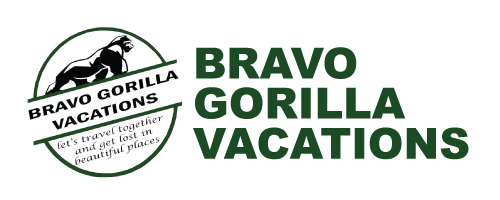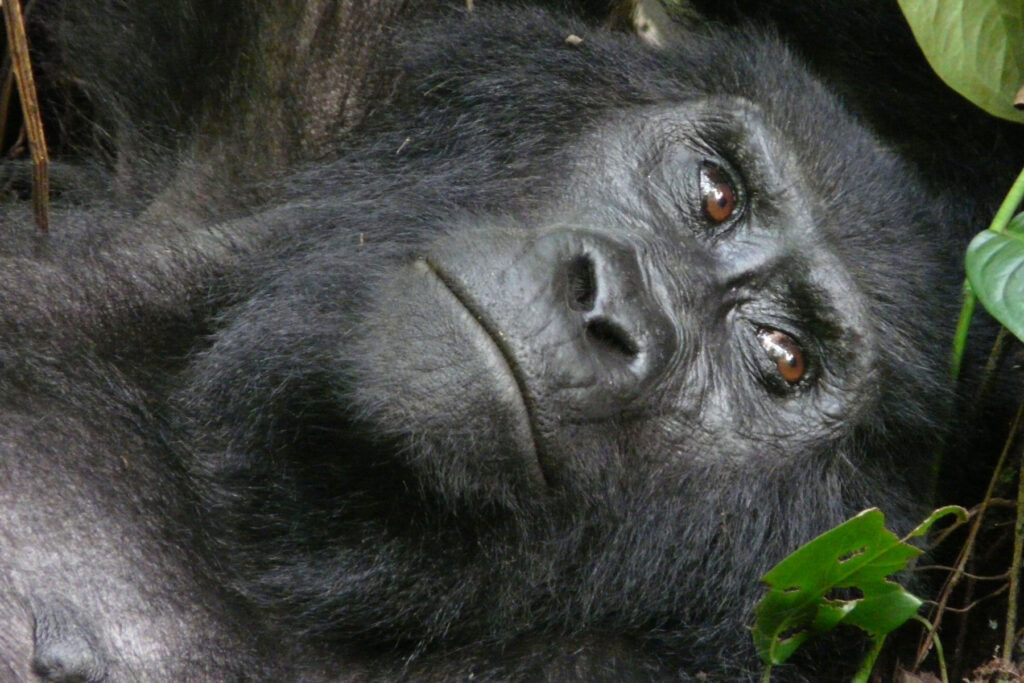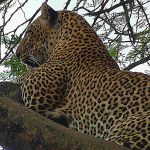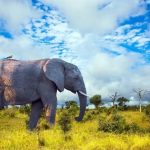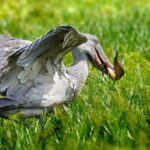- HOME
- WHO WE ARE
- DESTINATIONS
- UGANDA
- Bwindi Impenetrable National Park
- Queen Elizabeth National Park
- Mgahinga Gorilla National Park
- Lake Mburo National Park
- Kibale Forest National Park
- Kidepo Valley National Park
- Lake Kivu
- Lake Mburo National Park
- Mount Elgon National Park
- Murchison Falls National Park
- Semiliki Valley National Park
- Rwenzori Mountain National Park
- Rwanda
- Democratic Republic of Congo
- UGANDA
- TOUR PACKAGES
- GET IN TOUCH WITH US
- Contact us
